Oota Yakisoba is one of the many Yakisoba dishes available in Japan. However, this kind of Yakisoba stands out from the rest due to its characteristics. If you’re curious about it, continue reading below.
What is Oota Yakisoba?
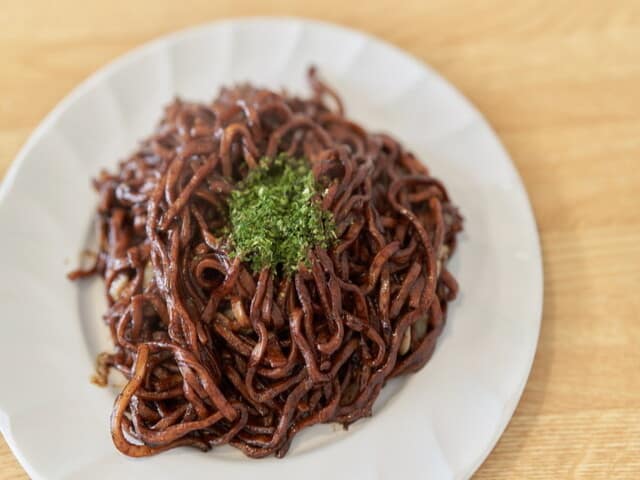
Oota Yakisoba has typical characteristics. In addition to that, the thickness of the noodles and the toppings are different. The way of mixing the sauce is also not the same. As a matter of fact, there are no requirements for seasoning and methods of manufacturing.
Meanwhile, more than eighty restaurants in Ota City serve this dish with different thicknesses of noodles. While some are serving Chinese-style noodles, some are also using spaghetti-style Yakisoba. Thus, Oota Yakisoba is characterized by its lack of distinctiveness.
Aside from its current name, some locals still call it Joshu Ota Yakisoba. Joshu is, in fact, the old name of the area of Ota City. Therefore, many people are still calling it that way.
What are the characteristics of Joshu Ota Yakisoba?
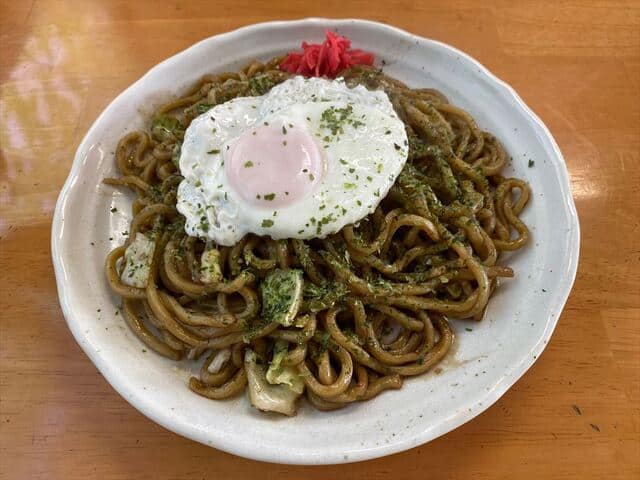
The traditional Yakisoba sauce they use for it has green seaweed and pickled red ginger toppings. Of course, thick noodles are necessary. On the other hand, the cabbage has a crunchy texture and slightly sweet taste.
Of course, the unique and thick sauce blends with the noodles well. The sweetness of the cabbage also helps bring out the original wheat flavor of the noodles. Eventually, they called this standard “10 noodles, 10 meals”.
Why is the sauce dark?

Because of the rich and thick sauce, it appears to be dark. Some would say it’s black, but it’s more on the darker shade of brown. Even so, Joshu Ota Yakisoba in some stores appears to be a bit lighter.
The two main ingredients of the thick and dark sauce are Worcestershire sauce and natural caramel. Since both of them are dark in color, it creates an ever darker shade when combined. The thickness of the natural caramel is also what makes the sauce of Ota City’s soul food thick but not sticky.
What does it taste like?
It has a mellow sweetness because of the cabbage and natural caramel. While many people expect it to be too salty, it’s actually not. There is also a kick of sour and spicy taste, but not overwhelming. It still has the umami flavor of regular yakisoba which makes it a favorite among many people.
In addition to that, Joshu residents prefer a slightly salty seasoning. Thus, it’s no surprise that Joshu Ota Yakisoba is best for people who like the strong taste.
What is the history of Oota Yakisoba?

A lot of people believe that the roots of Yakisoba began in Ota City, Gunma Prefecture during the early Showa era. It was also during this when many locals were working at Fuji Heavy Industries. A theory says that a migrant worker introduced Yakisoba to the factory which is formerly Subaru.
It became really famous among the employees because of its deliciousness. In addition to the taste, the fact that it’s easy to eat helped its popularity. Later on, Yakisoba restaurants and kiosks began lining up the streets leading to Daiko-In Temple.
As of May 2019, over eighty restaurants in Ota City sell Joshu Ota Yakisoba. It also became a key contributor to revitalizing the city. Hence, it is safe to say that Oota Yakisoba is the soul food of Ota City.
Oota Yakisoba became one of the Three Major Yakisoba in Japan. Meanwhile, the other two Yakisoba on the list is Yokote Yakisoba and Fujinomiya Yakisoba.
Also, they sold together with the other two types of Yakisoba and called it the “Mikuni Domen Series”. Joshu Ota Yakisoba Norenkai, which is a citizen volunteer group, has been actively promoting Joshu Ota Yakisoba in open events. In addition, they also exhibit it in Donryu-ichi every May.
The Differences Among the Three Major Yakisoba in Japan
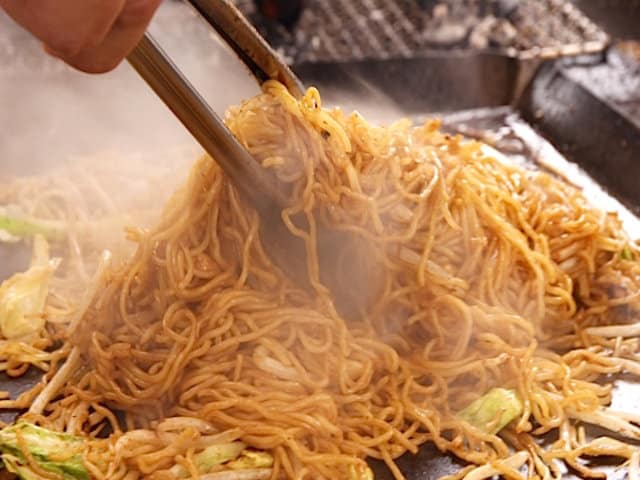
The areas where the Three Major Yakisoba comes from are called “Yakisoba Towns”. As a matter of fact, they concluded a three-same-noodle agreement to strengthen this. Yokote Yakisoba is from Akita Prefecture. On the other hand, Fujinomiya Yakisoba comes from Shizuoka Prefecture.
All of these Yakisoba kinds appear dark, but Joshu Ota Yakisoba has the darkest color. Both Yokote Yakisoba and Fujinomiya Yakisoba use thick and straight noodles. While Oota Yakisoba’s noodles are thicker.
Of course, the common ingredients these three have are Worcestershire sauce and cabbage. These two are essential in completing the recipe.
Oota Yakisoba Recipe
The thing about this local Yakisoba dish is that it’s actually easy to make. Read on to know how you can recreate Joshu Ota Yakisoba in the comfort of your own home.

Ingredients
| Good for 1-2 persons | |
| Yakisoba noodles (thick) | 220 g |
| chopped cabbage | 120 g |
| apple juice | 2 tbsp. |
| lard | 1 tbsp. |
| water | 2 tbsp. |
| Sake | 1 tbsp. |
| Worcestershire sauce | 5 tbsp. |
| natural caramel | 1 tsp. |
| pickled red ginger | appropriate amount |
| Aonori | appropriate amount |
How to make Oota Yakisoba?
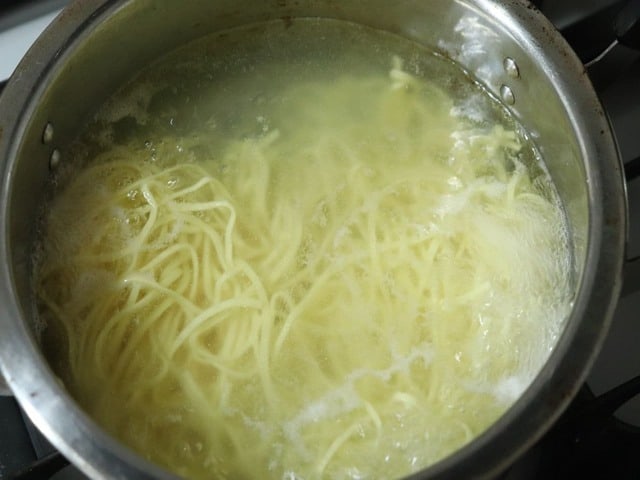
Steam the noodles together with the cabbage. Don’t forget to cover with a lid for faster cooking.
As soon as the cabbage turns transparent, mix the ingredients for the thick sauce. Make sure to cover all the noodles and cabbage with sauce.
Place as much cabbage at the bottom of the plate before putting the noodles. This way, you can see more of the noodles.
Sprinkles with the right amount of Aonori and pickled red ginger according to your liking. Lastly, serve while it’s hot.
Tips
- You can also add minced pork to add flavor to the dish.
- Adding a little amount of salt before mixing the sauce ingredients can prevent the sauce from sticking to the cabbage.
Where to eat Oota Yakisoba?
If you go to Gunma Prefecture, don’t miss visiting some of the Yakisoba restaurants below.
Iwazakiya (岩崎屋)
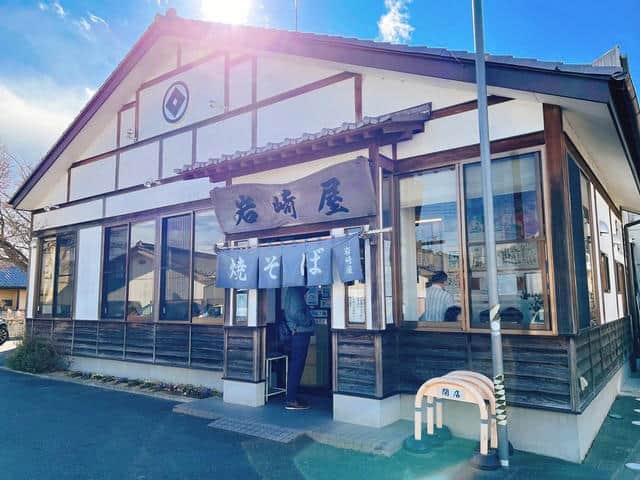
This Gunma store is so famous that it’s often featured in tv shows and magazines. Their Oota Yakisoba ingredients are simple. The sauce also looks thick, but the amount of saltiness is just right. Not only do they serve this Ota City local food, but they also sell Yaki Manju and Miso Oden.
Sukehira (助平屋饅頭 総本舗)
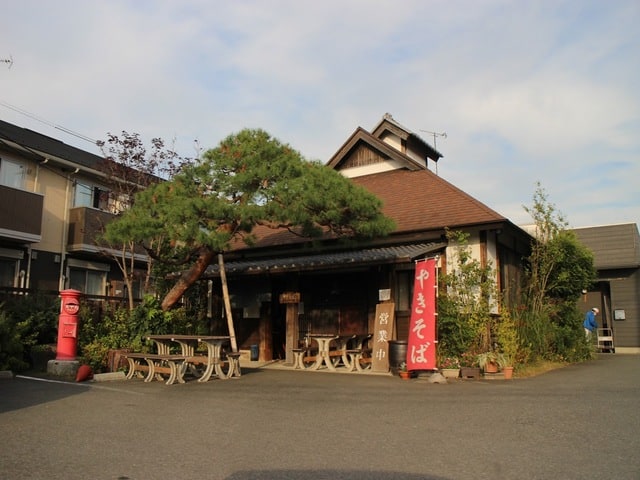
Sukehira is originally a Yaki Manju store before they started selling Joshu Ota Yakisoba. They are also one of the well-known restaurants in Gunma. Their loyal customers usually recommend adding a fried egg on top of their Oota Yakisoba. They cater to both dine-in and take-out customers.
Chirorinmura (ちろりん村)
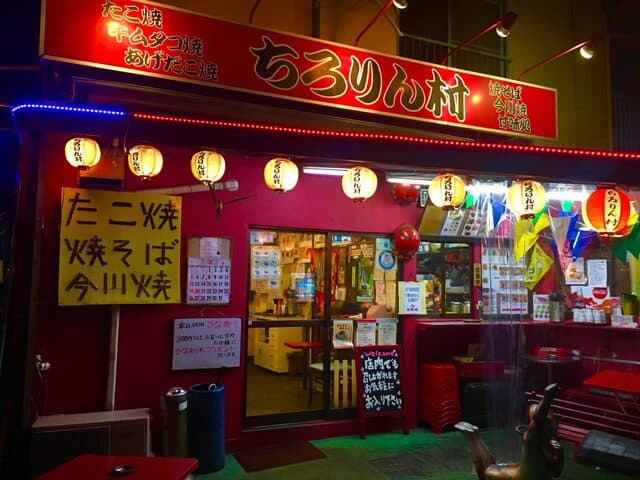
Despite the strong taste, their Oota Yakisoba has a light flavor. Chirorinmura is a simple take-out store that uses locally-grown cabbages in making its menu. They also sell ready-to-eat original sauce that you can cook with Yakisoba noodles at home.
Kawatomi (かわとみ 上州太田焼きそばのれん会)
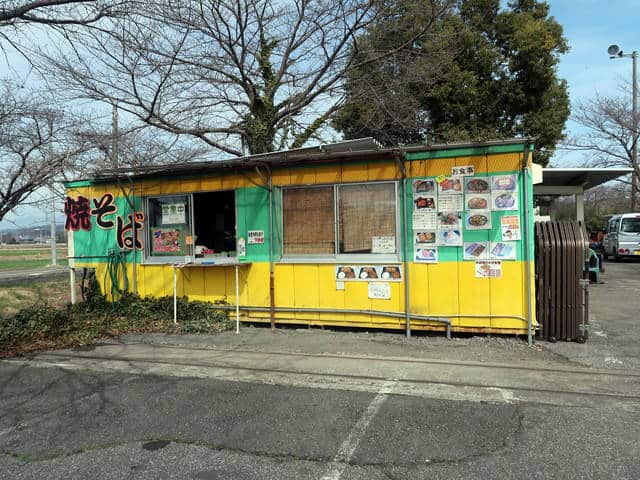
Kawatomi’s Oota Yakisoba comes with fried potatoes on top. It adds up to the texture of the dish. It also makes it even more fulfilling. Another thing that stands out is the slightly spicy aftertaste.
They also sell Eggplant Kabayaki or popularly known as the Vegan Unagi Don. It’s basically grilled eggplants with sweet sauce on top of steamed rice.
Takeaway
Oota Yakisoba is one of the Three Major Yakisoba in Japan. It is characterized by its thick noodles and dark sauce. While it appears to be too salty, it’s often not. It also has a pinch of sweetness because of the cabbage.
If you want to know more about Yakisoba, click here. Don’t forget to leave a comment below!

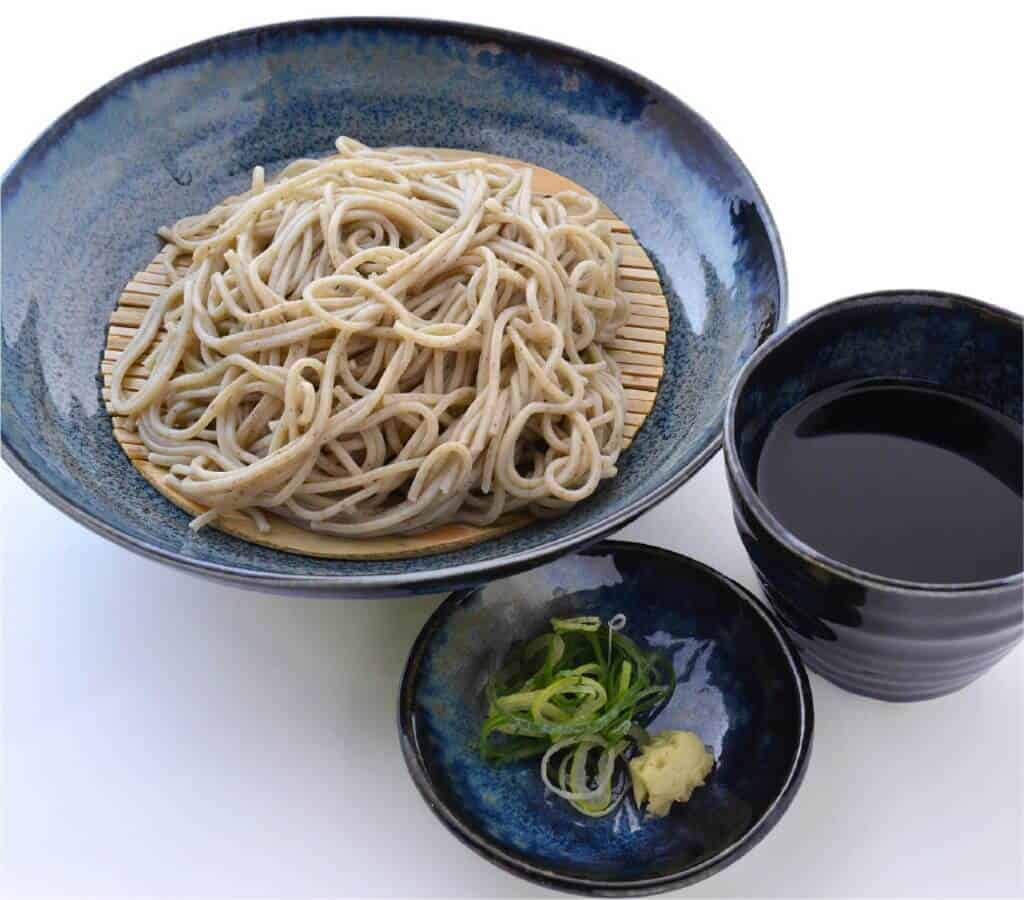
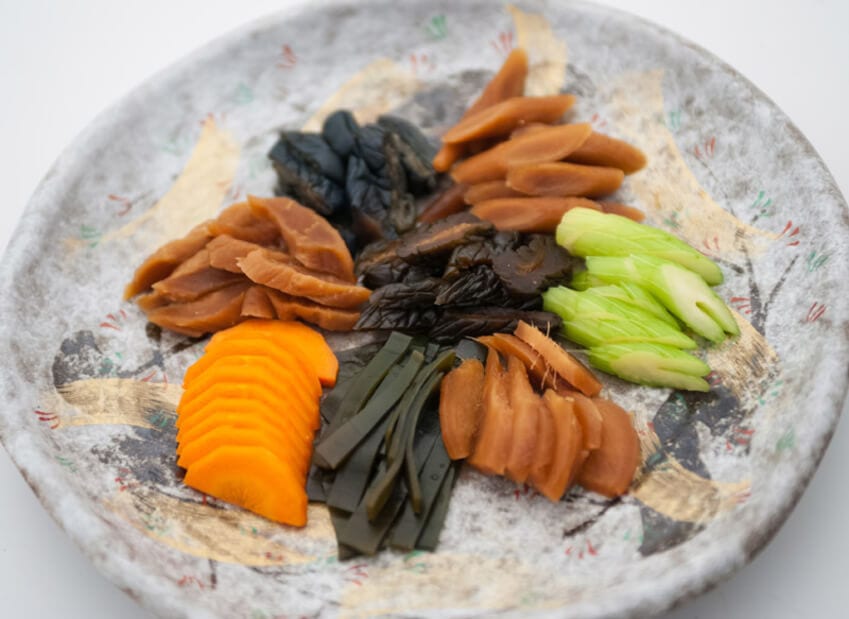
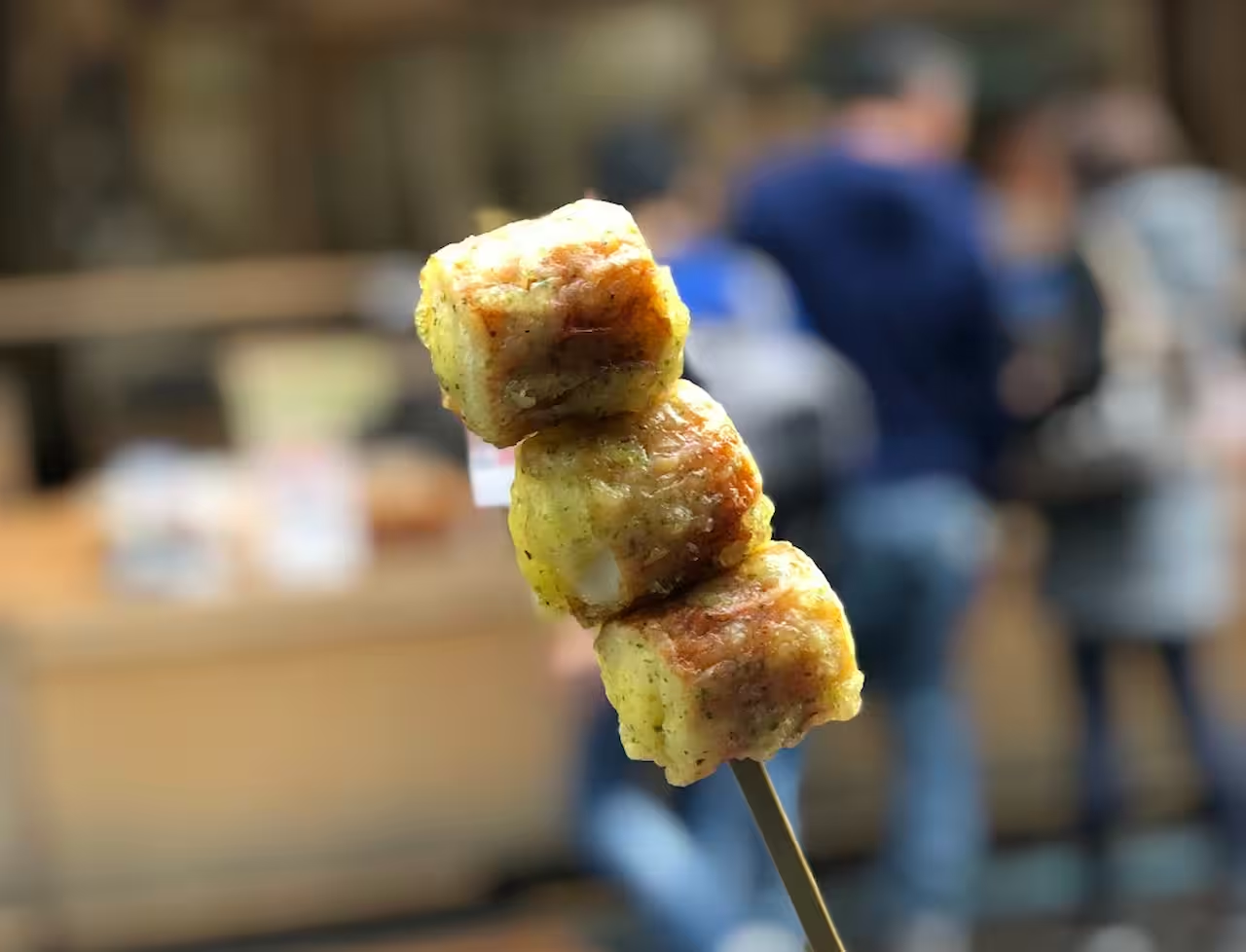
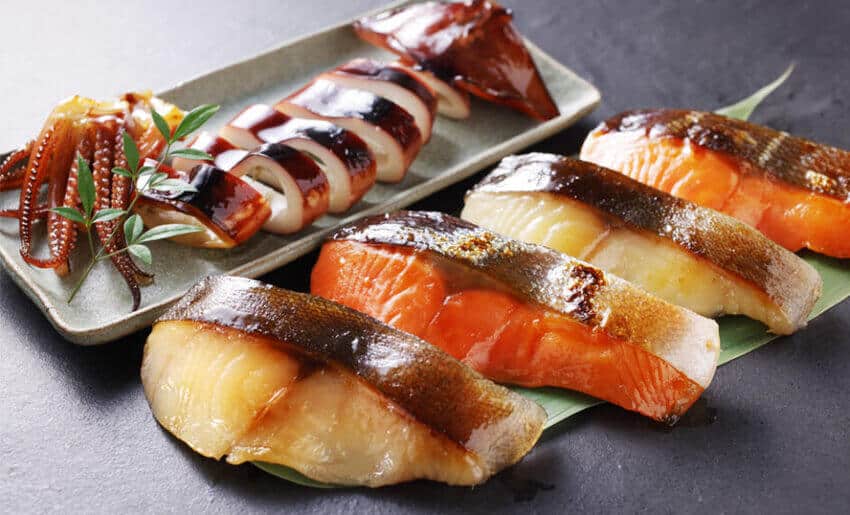

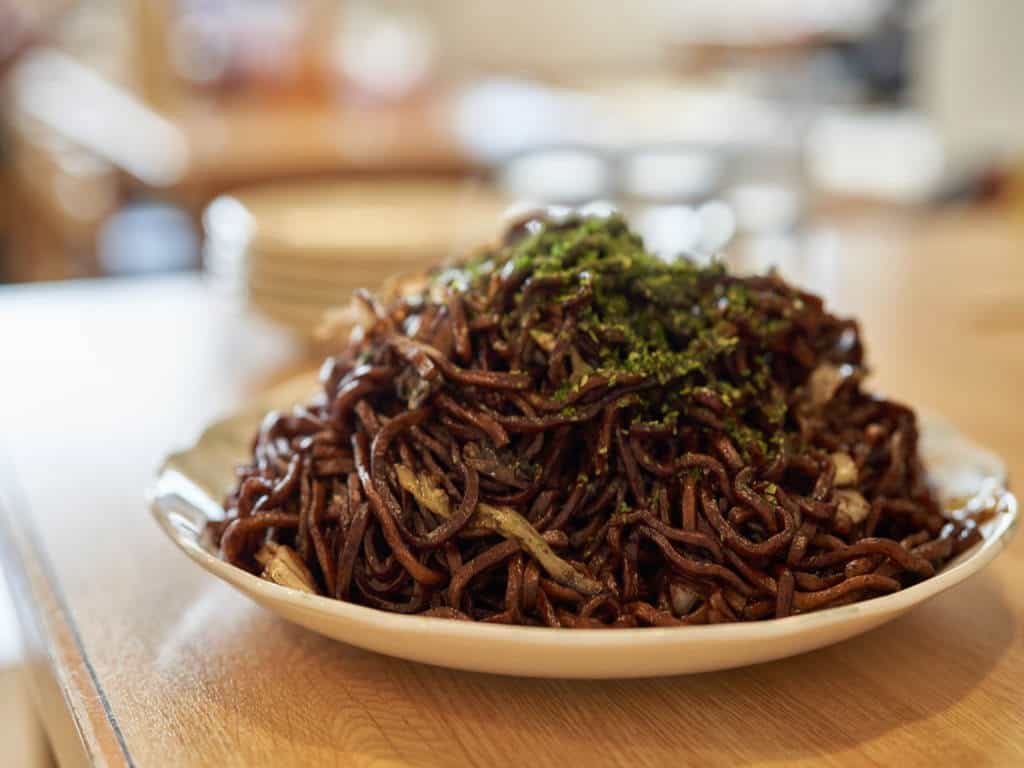
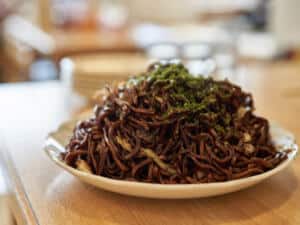
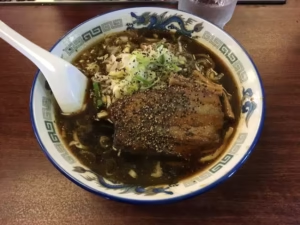
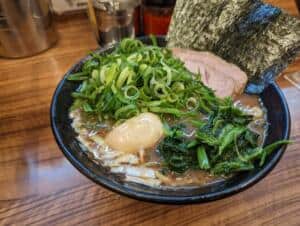
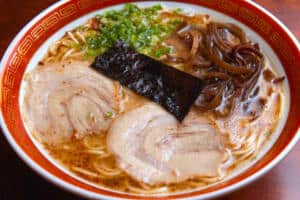
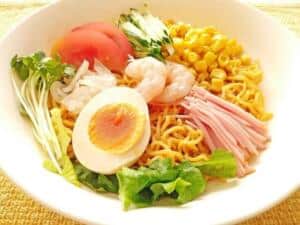
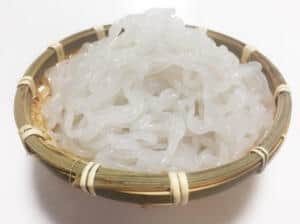
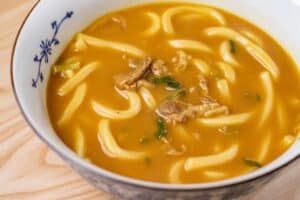
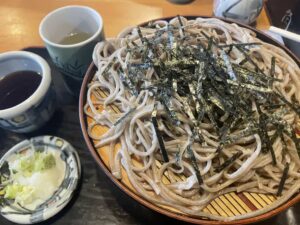
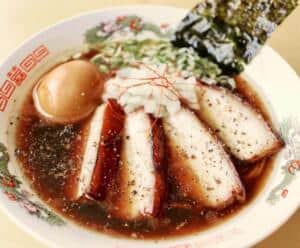
Comments